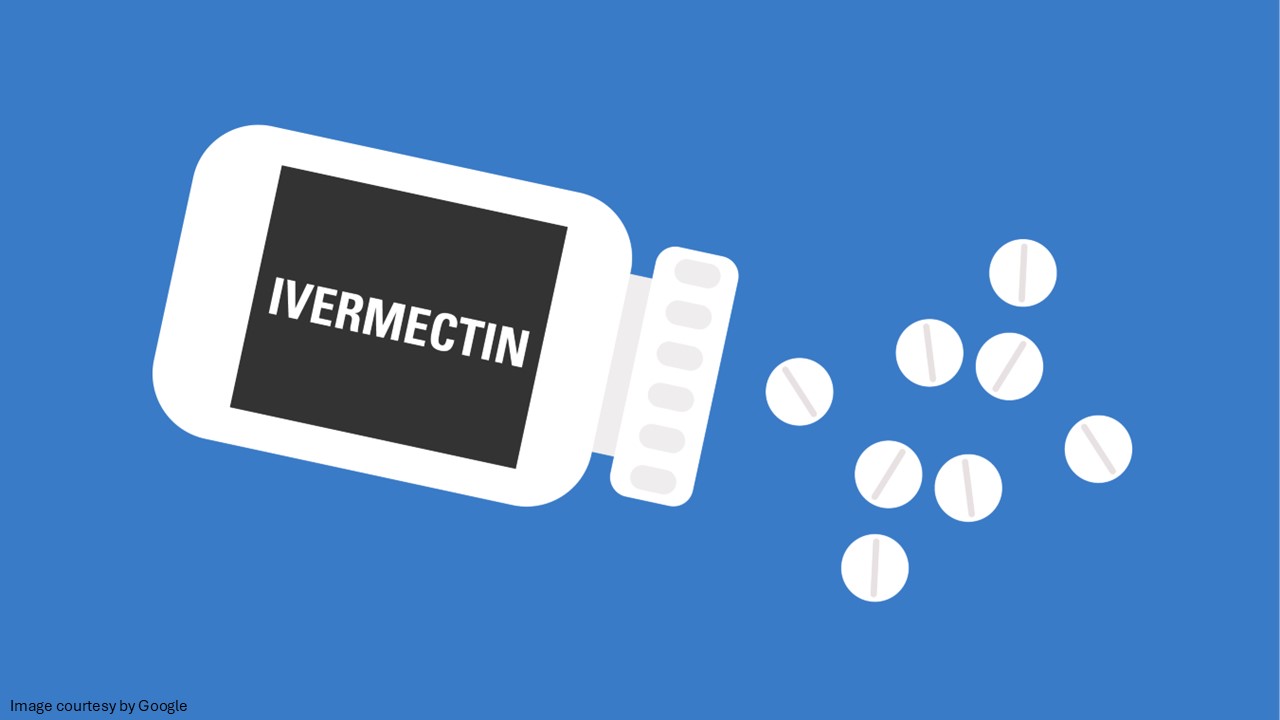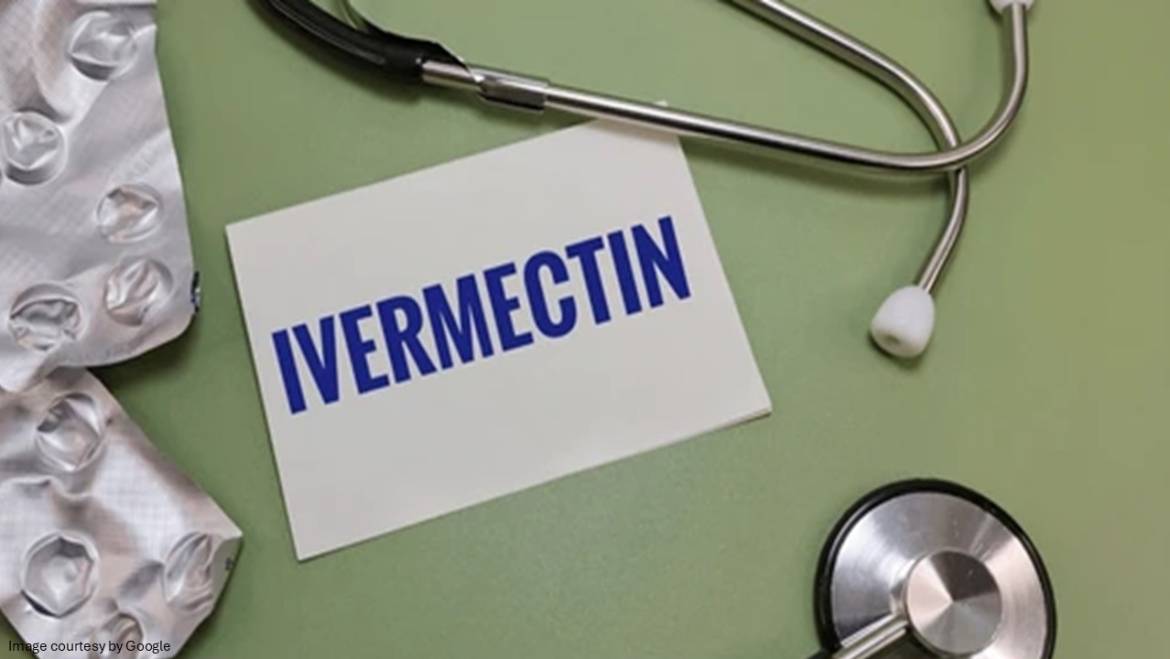In today’s rapidly evolving world of medical science, where new medicinal treatments are continually being discovered, a few medications have remained stable for a remarkably long time. One such wonder drug is Ivermectin (Austro Ivermectin), a medication that has sparked a revolution against parasitic diseases.
Origins and Discovery
Ivermectin, also sold as Austro Ivermectin (brand name), was used in the late 1970s, and the pharmaceutical agent has grown into a cornerstone of antiparasitic therapy globally. Ivermectin remains an indispensable tool in the global health sector despite numerous controversies surrounding its misapplication. Ivermectin is still regarded as one of the most effective treatments for and preventive measures against parasitic infections. The drug was obtained from Streptomyces avermitilis, a type of soil-dwelling bacterium, and later refined into Ivermectin, which became famous for its effectiveness and safety. The discovery was so important, and its relevance in today’s world led Campbell and Omura (those who discovered Ivermectin) to the 2015 Nobel Prize in Physiology or Medicine. The discovery of the drug transformed the treatment of parasitic infections, particularly in underserved and tropical regions.
Action mechanisms
Does Ivermectin kill parasites? How long does it take for Ivermectin to kill parasites?
These common questions often come to a patient’s mind when they are prescribed this medicine.
Ivermectin initiates its antiparasitic function by interfering with the nerve and muscle function of worms, paralyzing and ultimately killing the parasite. It is believed that most of them are eliminated in the first 48 hours. However, the elimination of parasites from the body occurs gradually over several months. It’s very beneficial against a wide range of helminths (worms) and arthropods, including mites and lice. Due to its limited ability to cross the human blood-brain barrier, it is considered very safe when used in prescribed doses.
What is Ivermectin used for, and what are the clinical uses of Ivermectin
Ivermectin uses include:
- Onchocerciasis (river blindness) – The most effective use of Ivermectin is in combating onchocerciasis, a parasitic disease caused by the filarial worm Onchocerca volvulus. This disease causes severe itching lesions and ultimately leads to blindness. The blackfly transmits the parasite. Ivermectin destroys the larvae, interrupts transmission and significantly reduces disease burden. The widespread use of Ivermectin in Africa and Latin America has made the elimination of river blindness a realistic goal.
- Lymphatic Filariasis (elephantiasis) – It is used in combination with albendazole or diethylcarbamazine to combat lymphatic filariasis, a disfiguring disease caused by filarial worms. Ivermectin helps prevent transmission via mosquito vectors by suppressing microfilariae in the bloodstream.
- Strongyloidiasis is a life-threatening infection in immunocompromised individuals caused by a soil-transmitted nematode. It is the preferred choice for treating Strongyloidiasis due to its high effectiveness and minimal side effects.
- Scabies and head lice – Ivermectin is highly effective in treating ectoparasitic infestations, such as scabies and head lice. In severe cases, oral Ivermectin provides a convenient and effective alternative to topical treatments.
- Other parasitic infections– Ivermectin is also used to treat a variety of less common parasitic infections, including:
-
- Loiasis
- Trichuriasis
- Ascariasis
- Mansonelliasis
- Cutaneous Larva Migraines
Global health impact
Ivermectin’s broad effectiveness, ease of administration, low cost and easy availability have made it one of the most widely used drugs in the global health sector. According to research data:
-
- Over 3.7 billion doses have been distributed through the Mectizan Donation Program (it is a public-private partnership between Merck & Co. and the WHO).
- It has almost achieved the goal of eliminating onchocerciasis in Latin America and has seen significant reductions in Africa.
- It has also played an important role in lymphatic filariasis elimination campaigns, which are ongoing in over 70 countries. Ivermectin is a great example of how a single pharmaceutical discovery can catalyze significant health improvements, particularly in low-resource settings.

Safety and accessibility
Ivermectin is very safe when used in standard doses. There are some mild side effects, and they are as follows:
-
- Dizziness
- Nausea
- Skin rash
- Transient hypotension
Adverse effects are generally linked more to the immune response triggered by dying parasites than to the drug itself. It is an ideal product for MDA programs due to its safety combined with its oral formulations. It is easy to store, and a single annual dose is generally enough to achieve public health goals in endemic areas.
Ivermectin’s enduring relevance
Despite the temporary detour into viral therapy, Ivermectin’s primary role remains unshaken. Ivermectin stands as a frontline defence globally, especially in tropical and subtropical regions, as an antiparasitic medicine. The success of the drug is due to the following reasons-
-
- High efficacy
- Meagre cost
- Mass treatment compatibility
- Broad parasitic coverage
- Minimal resistance development
Various research is still ongoing to improve delivery systems and Ivermectin formulations. Innovations are also taking place in long-acting injectables and extended-release tablets.
Challenges and the road ahead
Even after so much success, there are several challenges-
-
- Drug resistance – Although resistance is relatively low in human medicine, in the veterinary context, especially in livestock nematodes, it is a matter of concern. Surveillance is crucial for human parasites, as it ensures the effectiveness of the drug can be maintained.
- Access and distribution – Even after donations and international support, millions still lack access to regular deworming. More and continuous funding, logistics and political support are required to scale and sustain MDA programs.
- Integration with other health programs – Using Ivermectin along with other interventions (such as malaria nets, vaccinations, and vitamin supplementation) can maximize public health impact.
Conclusion
Ivermectin’s success is a remarkable story of scientific discovery and humanitarian impact. Even after the controversy, the drug’s unparalleled effectiveness in combating parasitic diseases cannot be overstated. It remains a potent, reliable, and effective medicine in the global health arena. Ivermectin will undoubtedly play a central role in eliminating neglected tropical diseases (NTDs) and will significantly contribute to alleviating the burden of parasitic infections. As we look forward, the focus must be on ensuring equitable access, monitoring for resistance, and continuing research to preserve and expand the invaluable contributions of Ivermectin to public health.



